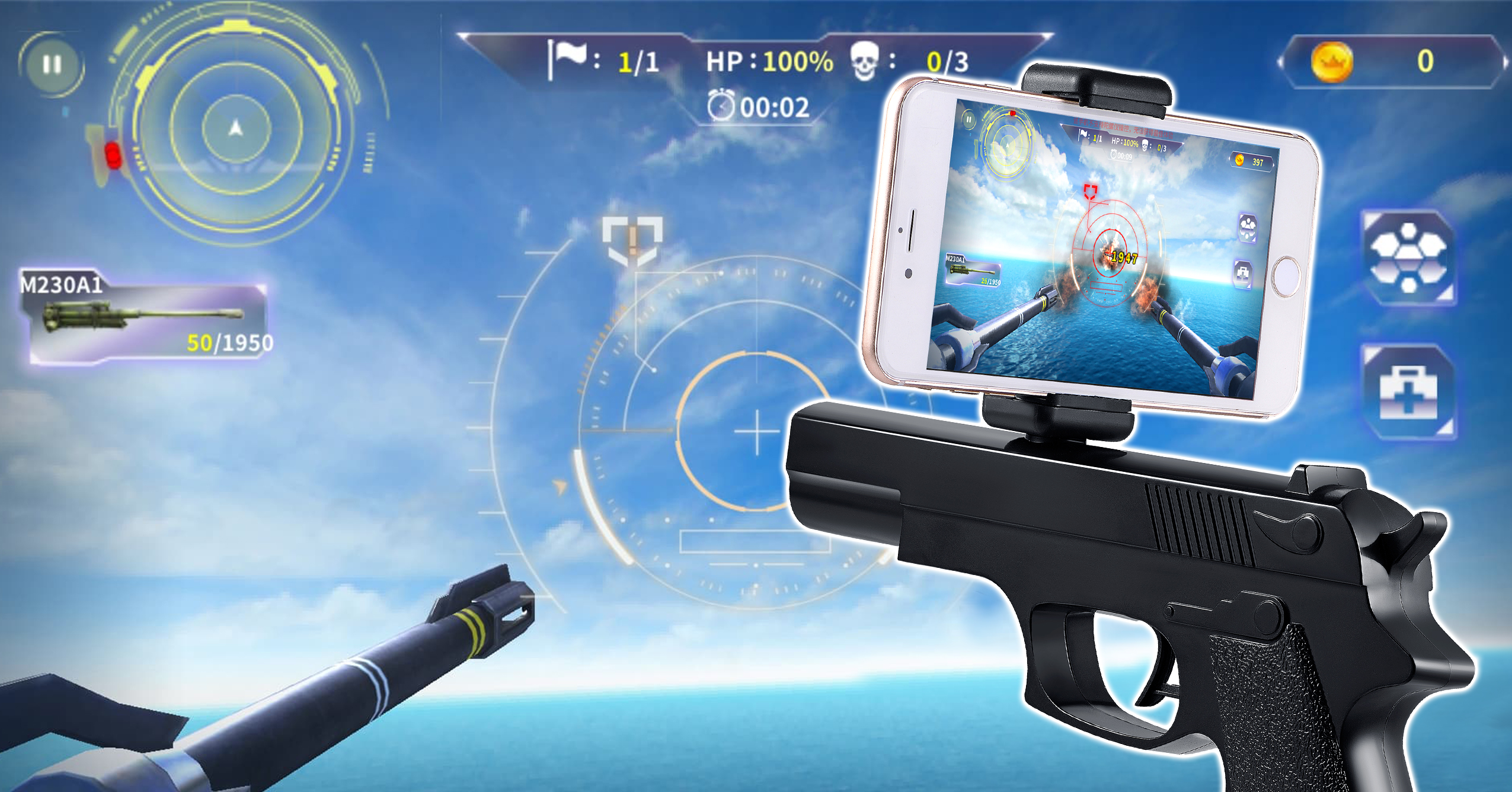For augmented reality or expanded reality, many of us have heard for the first time when the Pokemon Go application started. Do you remember when people were walking or running around the city, staring at the smartphone and looking for Pokemons? Pokemon Go is the best example of expanded reality, where everything we see is expanded with additional content.
What is the ultimate goal of expanded reality? Except that augmented reality is used for the new dimension of infinite entertainment that kids enjoy the most, the AR could lead to significant advancements in the normal life of all of us. In short: AR will break the boundaries of the current screen experiences of our smartphones and all the screens we spend so much time on. The goal is to connect even deeper interconnection among people, but also to enable all of us a better connection with the real world. The development of expanded reality is super fast, and compared to virtual reality, it offers much more opportunities and has a more prospective future in terms of further development.
We have already written about the possibilities of using expanded reality. We have explained how AR can be used in tourism, where you can get a better insight into the accommodations you want to book or where you can fully explore the destination you want to visit. AR could be also used to save lives, literally. For example, surgeons, with AR, could be having complete insight into the ultrasound of the human organs while they are operating.
With expanded reality, we can really get a lot of it. And what it's all about AR is a better digital experience for every user. Our video calls can become more realistic and maps on our smartphones can become more interactive. Overall, we could reflect real-life interactions on our smartphones.











